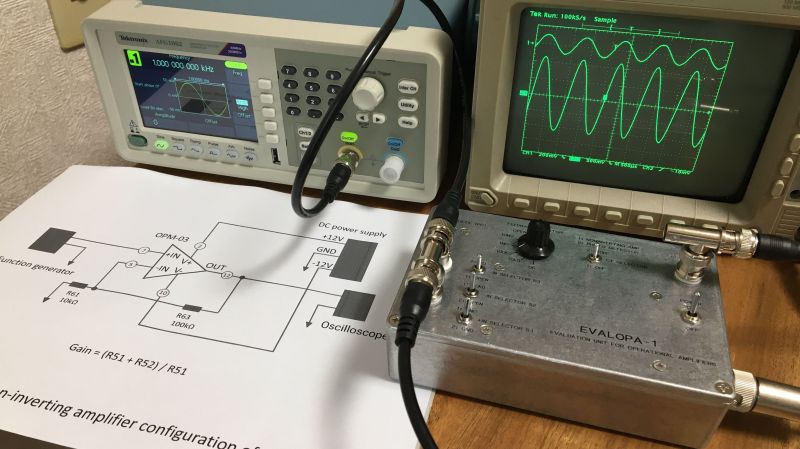When it comes to our analog designs, op-amps tend to be just another jellybean part. We tend to spec whatever does the job, and don’t give much of a thought as to the internals. And while it doesn’t make much sense to roll your own op-amp out of discrete components, that doesn’t mean there isn’t plenty to be learned from doing just that.
While we’re more accustomed to seeing [Mitsuru Yamada]’s digital projects, he’s no stranger to the analog world. In fact, this project is a follow-on to his previous bipolar transistor op-amp, which we featured back in 2021. This design features MOSFETs rather than BJTs, but retains the same basic five-transistor topology as the previous work, with a differential pair input stage, a gain stage, and a buffer stage. Even the construction of the module is similar, using his trademark perfboard and ultra-tidy wiring.
Also new is a flexible evaluation unit for these discrete op-amp modules. This very sturdy-looking circuit provides an easy way to configure the op-amp for testing in inverting, non-inverting, and transimpedance mode, selecting from a range of feedback resistors, and even provides a photodiode input. The video below shows the eval unit in action with the CMOS module, as well as highlights the excellent construction [Mitsuru Yamada] is known for.
Looking for some digital goodness? Check out the PERSEUS-8, a 6502 machine we wish had been a real product back in the day.

















Very clean build that is a keeper for a lifetime!
Thanks! I am making that the unit is solid enough to experiment with as soon as I think of it, whether it is a year or 10 years from now.
Same reaction as the other year : I ought to make one with lousy Germanium transistors :-P
Literally yesterday I was trying to find a suitable complement for a 2N7002. And here it is.
Commercially available small-signal P-Cannel MOSFETs were hard to find, and the I could find was BS250P.
It looks like a pretty good match, so thank you for that! I was about to resign myself to using NMOS circuits for my discrete MOSFET ideas, which was undesirable due to power dissipation issues, which was why I wanted to learn to use MOSFETs as intuitively as I do bipolar transistors. Already a 2N7000 or 7002 is superior to a 2N2904 or 2222 as an LED/relay driver, and although not as common they cost almost the same. P-channels are an order of magnitude more expensive, but I would only use them where they are really necessary, and I see that’s what you have done as well.
~$20- Amazon solar/battery charge/load controllers MOSFETs [3?] work to remove erratic [clouds, jet vapor trails, ..] power output which can cause Raspberry Pi 4B power restarts.
Several modules evaluated.
All work well and tolerate solar panel connected/battery disconnected abuse.
Well, I can’t imagine this comment was written by an AI, because it would have at least appeared to make more sense.
As it has MOSFETs not BJTs, can this work for rail-to-rail input and output?